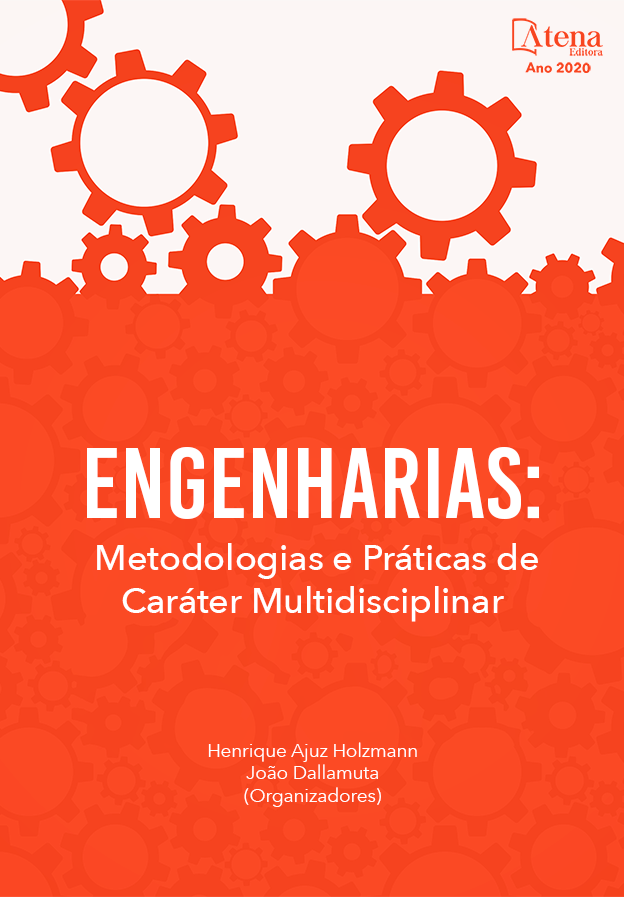
ESTUDO CINÉTICO DA LIXIVIAÇÃO DE COBRE UTILIZANDO ÁCIDO NITRÍCO
Para reduzir o impacto ambiental causado pelo descarte inadequado de resíduos eletrônicos, uma das alternativas é realizar a reciclagem e a recuperação desses materiais. Nesses resíduos, têm-se as placas de circuito impresso (PCI), que são constituídas de até 30% de Cobre, um metal com alto valor de mercado e demanda comercial. O presente trabalho tem por objetivo o estudo cinético da extração de Cobre de PCI’s utilizando a técnica da lixiviação ácida em diferentes temperaturas. Para isso, as placas foram inicialmente trituradas visando obter uma granulometria adequada para o tratamento químico nos ensaios experimentais. Em seguida, a quantidade total de Cobre das amostras foi conhecida por meio de solubilização em água régia e quantificada por espectrofotometria de absorção atômica com chamas (FAAS). A lixiviação foi realizada com ácido nítrico a 1 e 2 mol.L-1 empregando diferentes temperaturas que variaram entre 40 e 80°C. Com a água régia foi possível constatar que as PCI’s estudadas possuem teor de 22,67% de Cobre. Observou-se também um efeito positivo no aumento da temperatura em ambas as concentrações utilizadas nos experimentos de lixiviação, possibilitando extração acima de 75% para a temperatura de 60 ºC e concentração de 2 mol.L-1, apresentando recuperações superiores a 90% do Cobre lixiviado. Por fim, foi realizado um estudo cinético para verificar qual o passo controlador do processo, além de confirmar seu comportamento com o aumento da temperatura. No estudo concluiu-se que o passo controlador do processo é o de reação química, pois a difusividade não exerceu grande influencia na reação.
ESTUDO CINÉTICO DA LIXIVIAÇÃO DE COBRE UTILIZANDO ÁCIDO NITRÍCO
-
DOI: 10.22533/at.ed.60020051121
-
Palavras-chave: Hidrometalurgia, Cobre, PCI, Cinética
-
Keywords: Hydrometallurgy, Copper, PCB, Kinetic
-
Abstract:
To reduce the environmental impact caused by the inappropriate disposal of electronic waste, one of the alternatives is to carry out the recycling and recovery of these materials. In this waste, there are printed circuit boards (PCI), which are made up of 30% copper, a metal with high market value and commercial demand. The present work aims at the kinetic study of the extraction of copper from PCI's using the acid leaching technique at different temperatures. For this, the plates were initially crushed in order to obtain a suitable particle size for the chemical treatment in the experimental tests. Then, the total amount of copper in the samples was known through solubilization in aqua regia and quantified by flame atomic absorption spectrophotometry (FAAS). The leaching was performed with nitric acid at 1 and 2 mol.L-1 using different temperatures that varied between 40 and 80 ° C. With the regal water it was possible to verify that the studied PCI's have a content of 22.67% of copper. It was also observed a positive effect in the temperature increase in both concentrations used in the leaching experiments, allowing extraction above 75% for the temperature of 60 ºC and concentration of 2 mol.L-1, showing recoveries above 90% of the Leached copper. Finally, a kinetic study was carried out to verify the controlling step of the process, in addition to confirming its behavior with increasing temperature. In the study it was concluded that the controlling step of the process is the chemical reaction, because the diffusivity did not exert a great influence on the reaction.
-
Número de páginas: 14
- Yara Daniel Ribeiro
- Sara Daniel Ribeiro
- Alexandre Candido Soares


